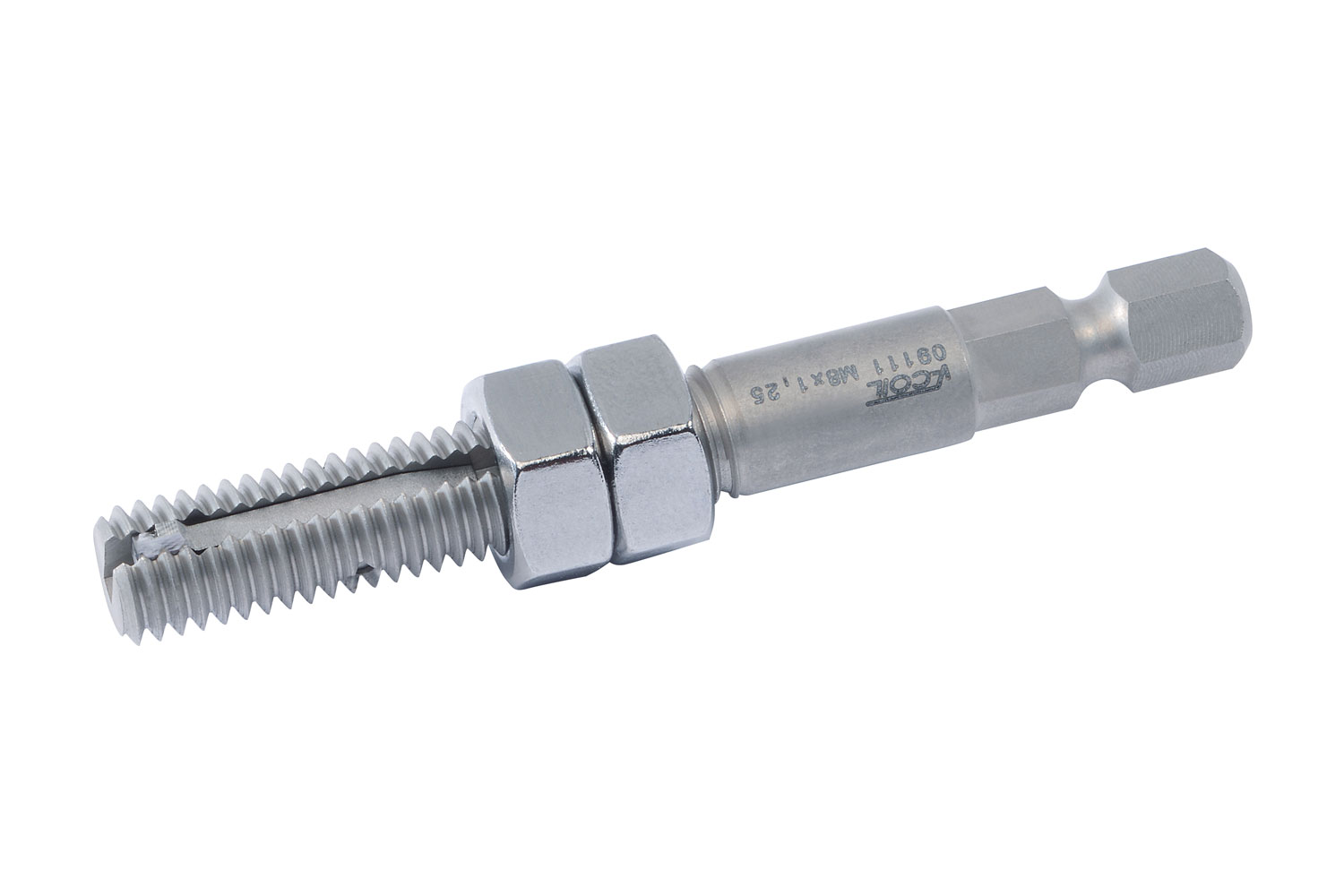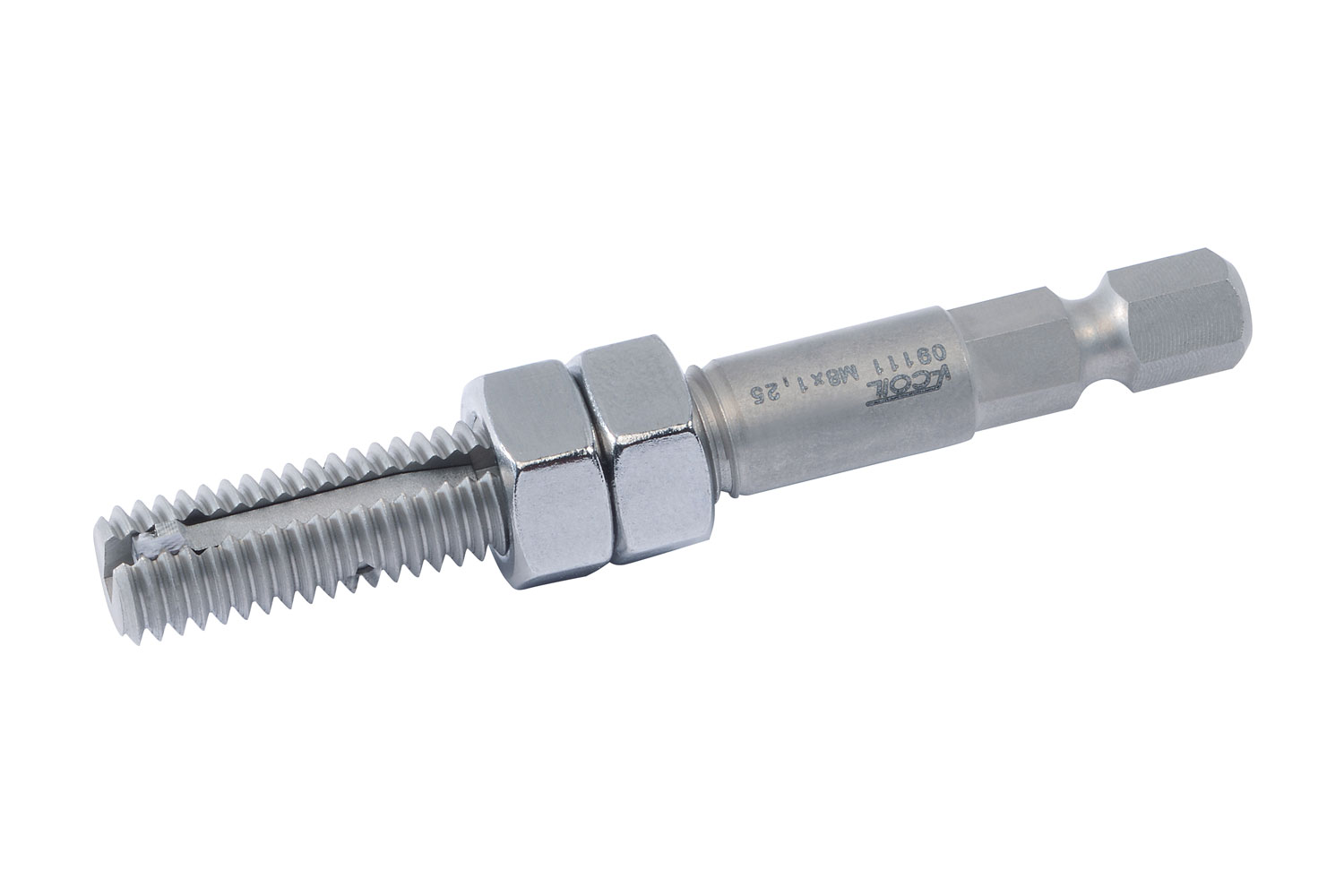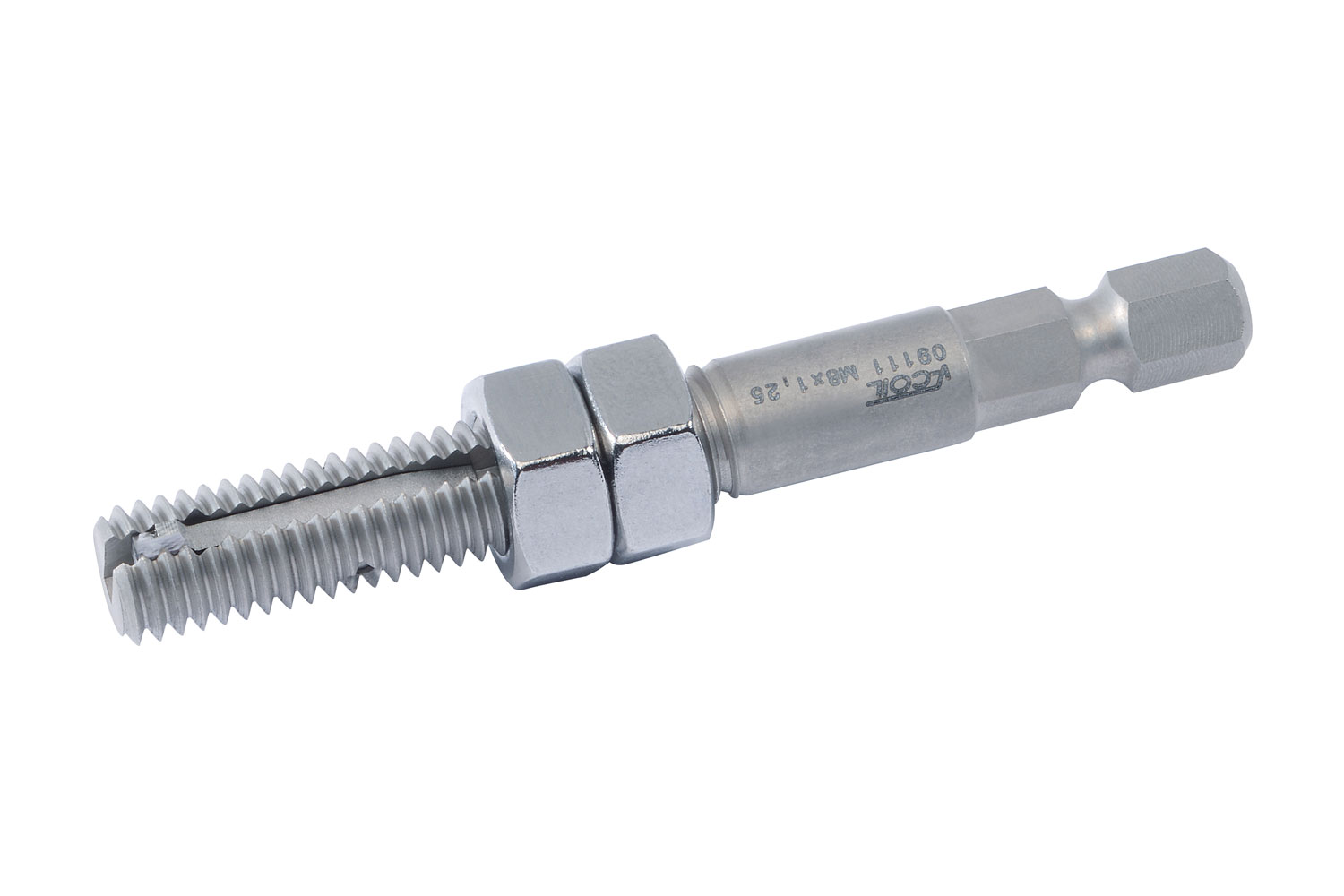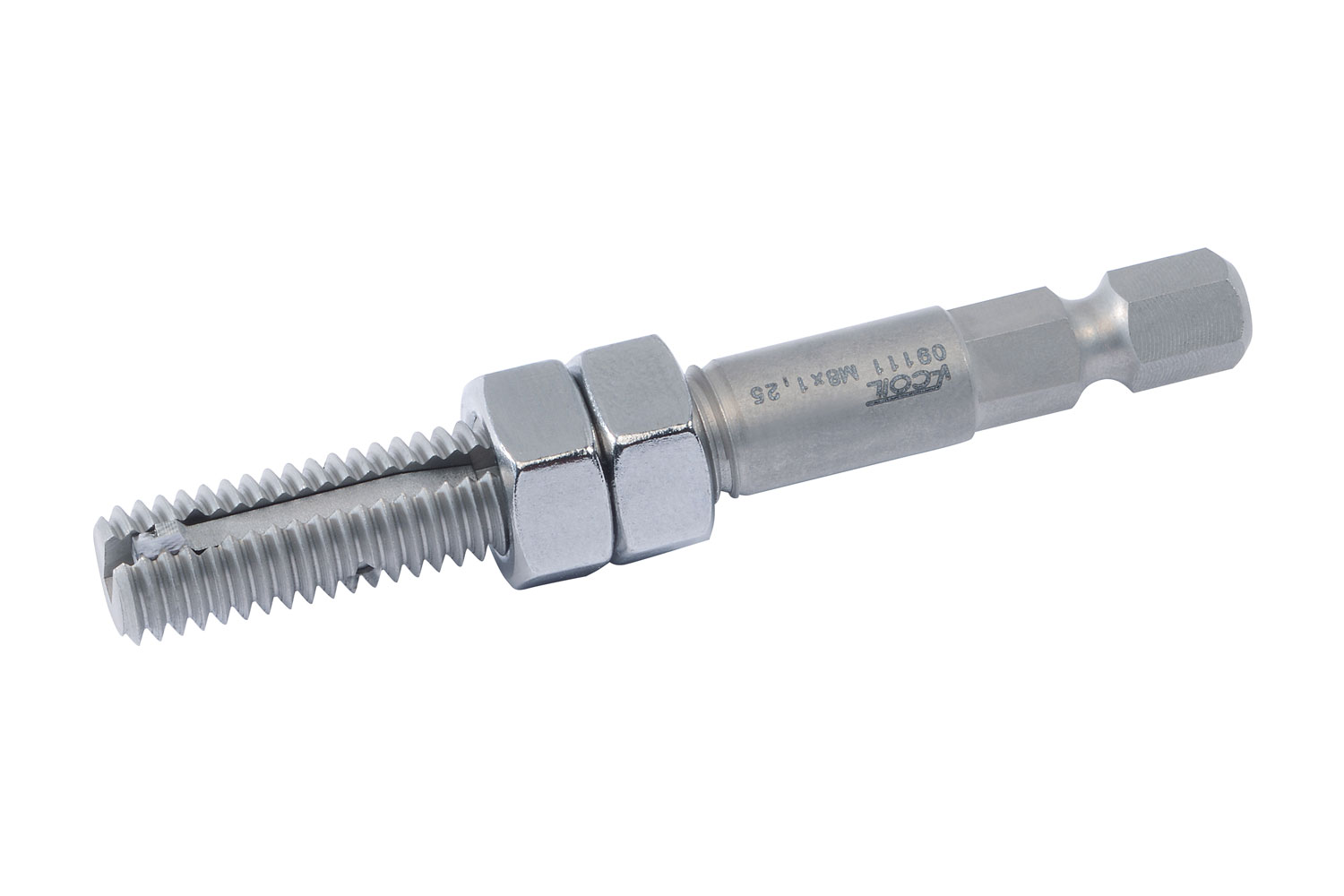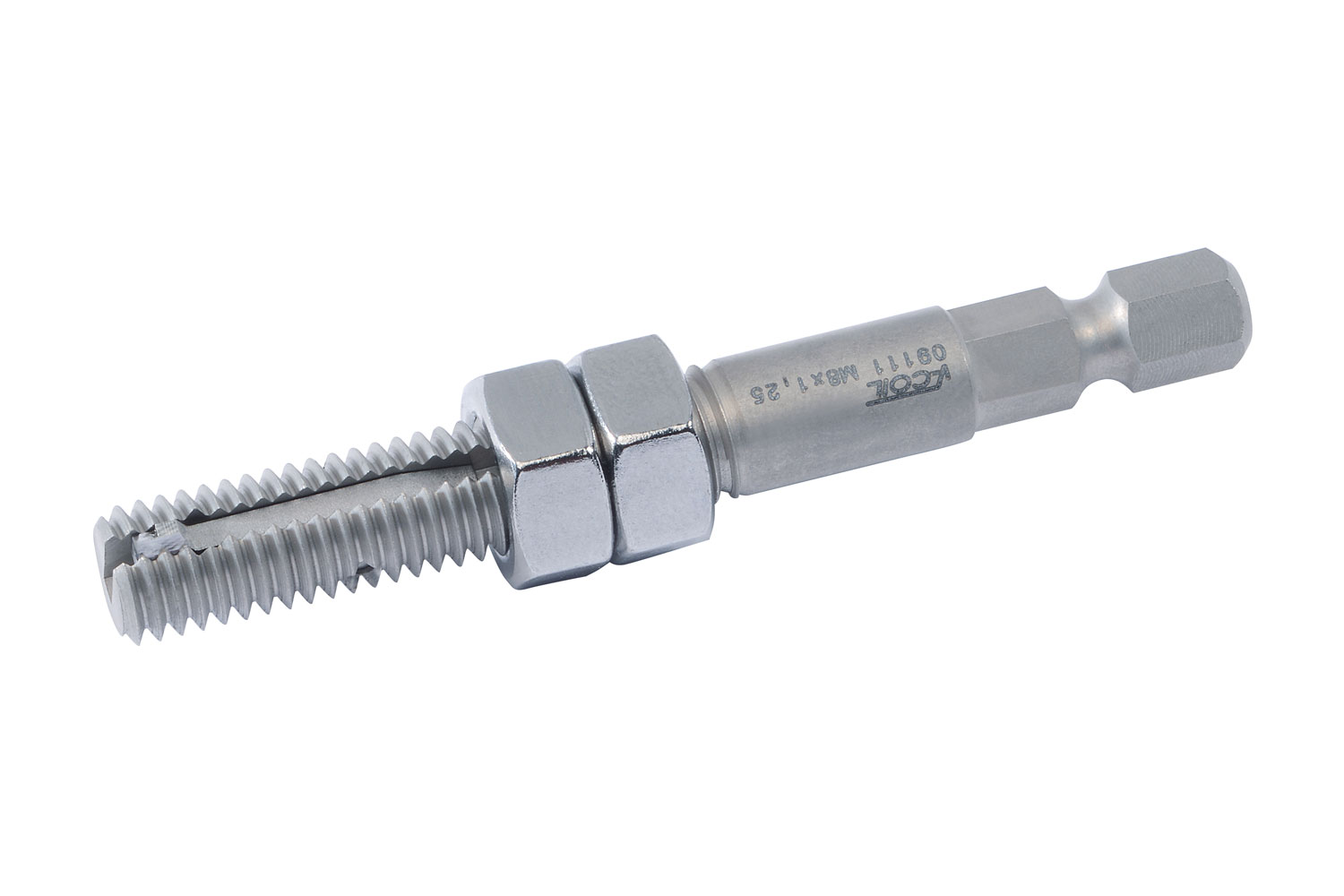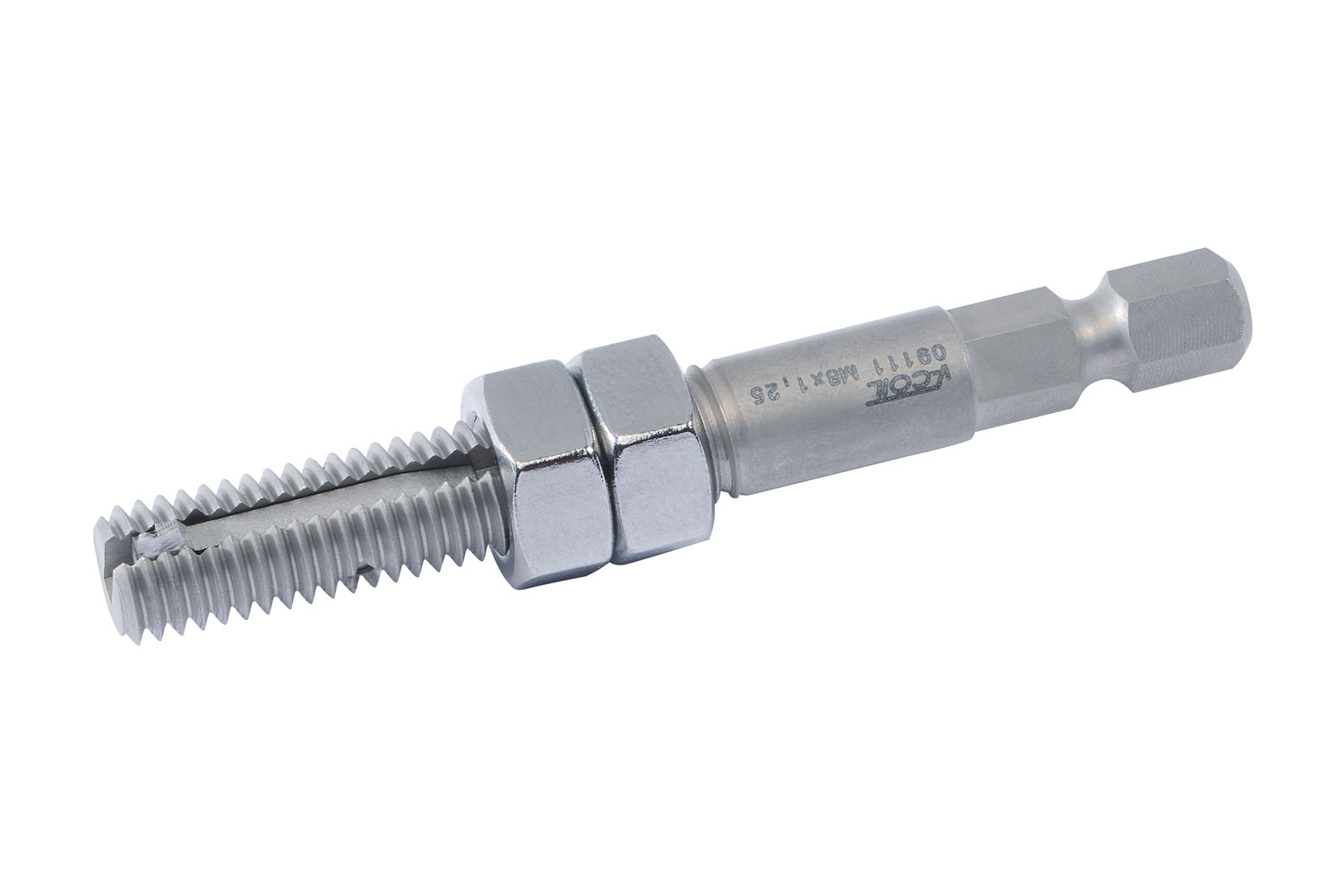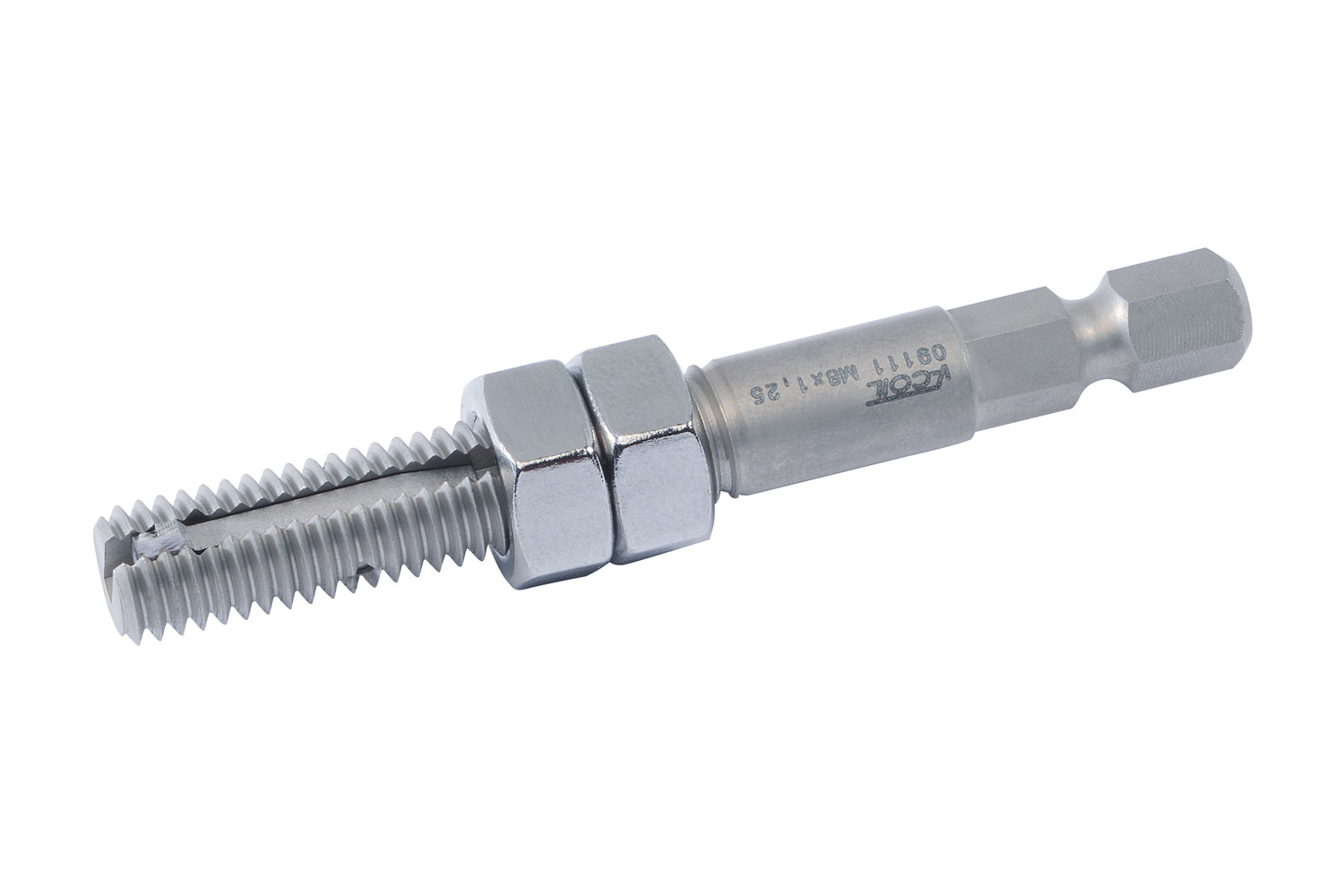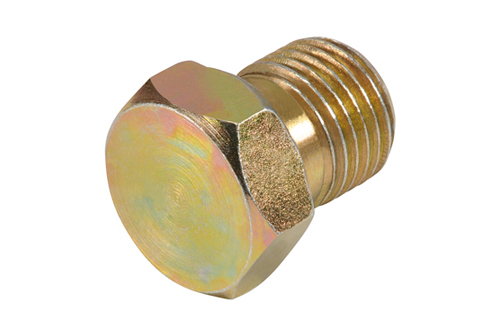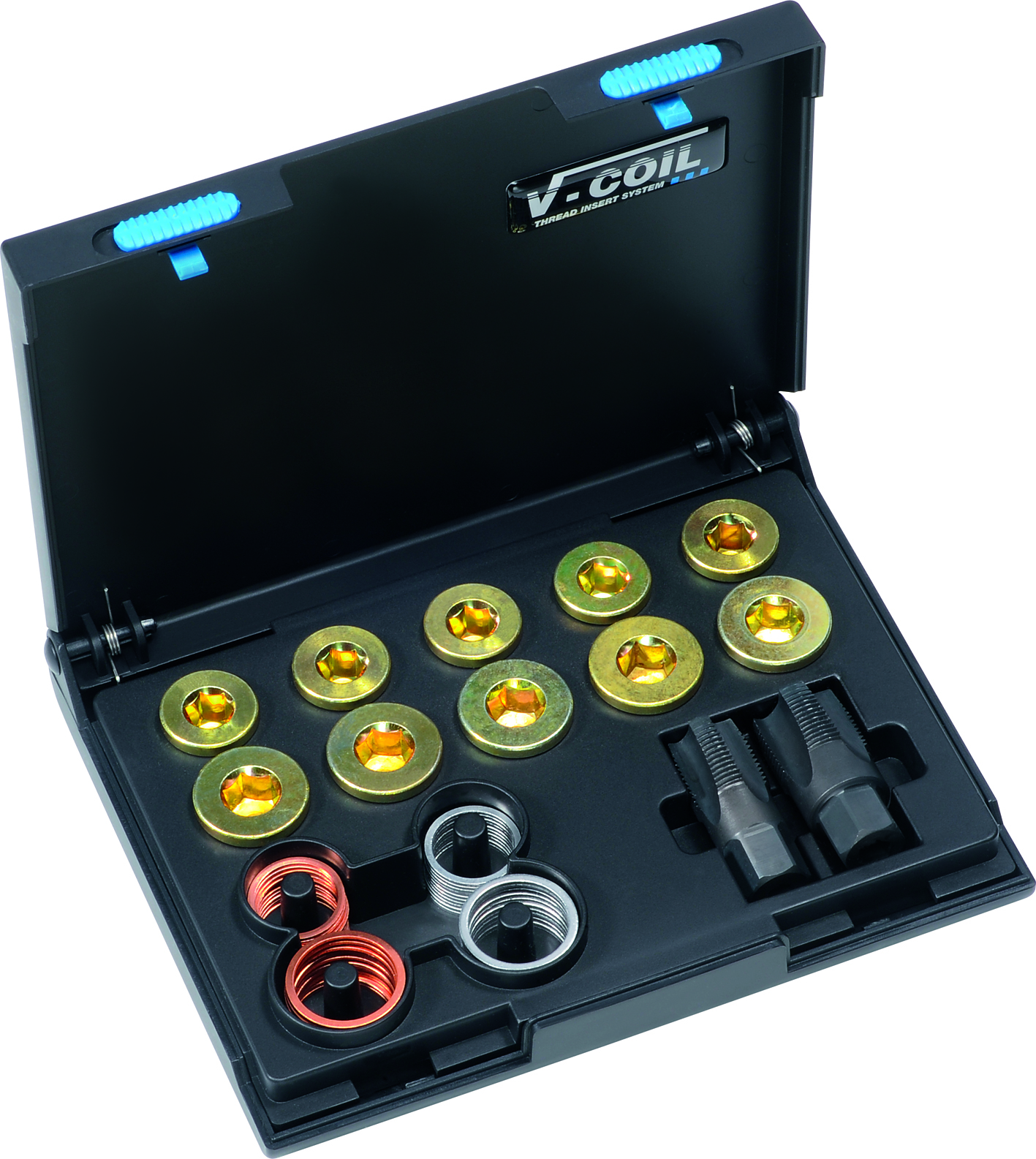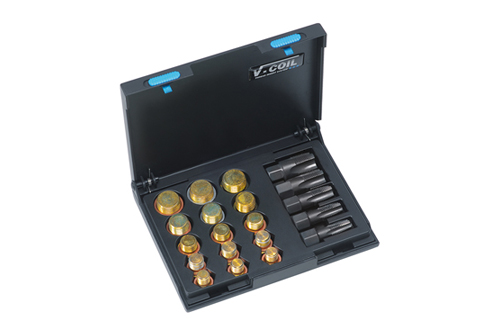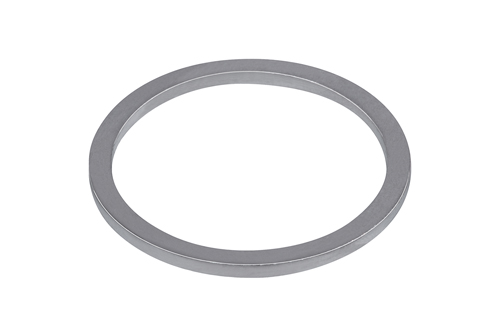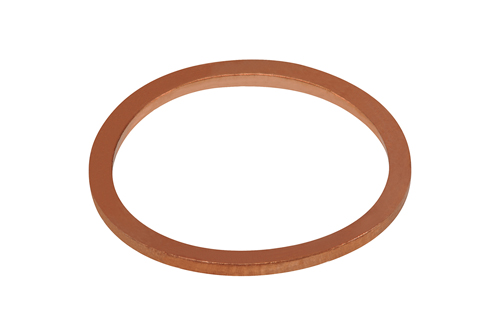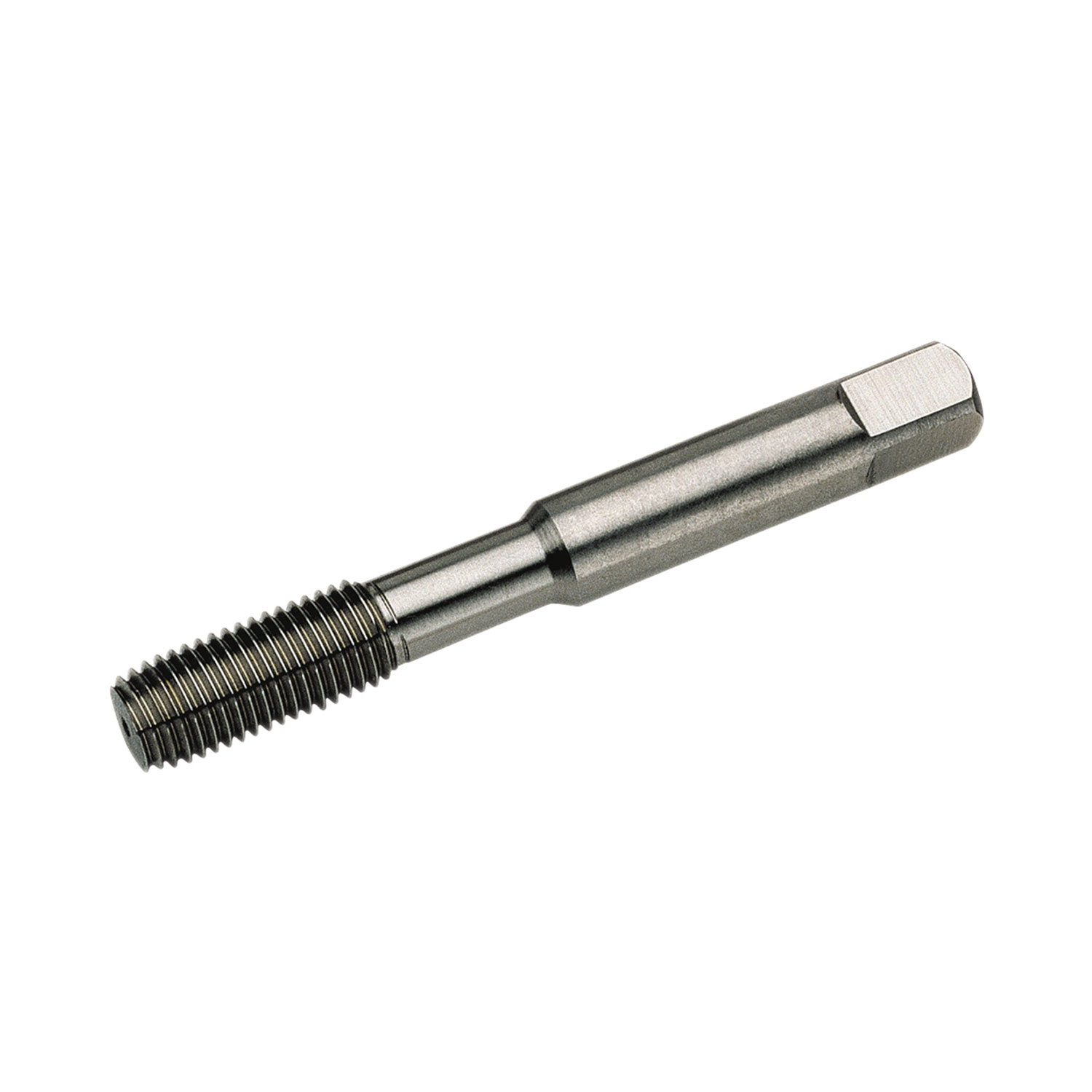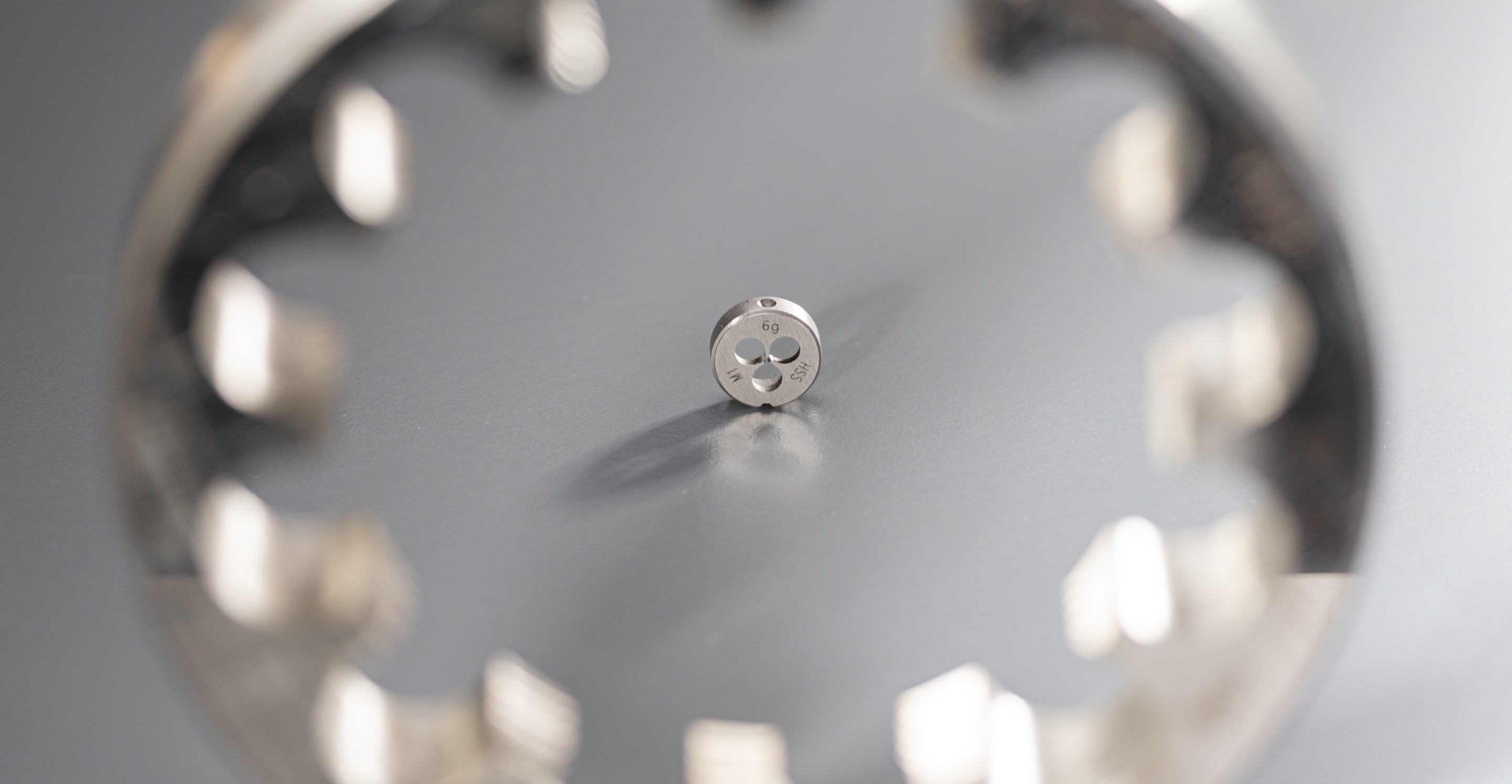With V-COIL, you have everything at hand for the reliable repair and reinforcement of damaged threads. Our thread inserts create high-strength, wear-resistant internal threads – perfect for materials with low strength.
Whether thread repair kits, installation tools, tang break-off tools, extraction tools, STI taps, or STI twist drills – in this category you’ll find the complete V-COIL range for professional thread repair. Fast, precise, and perfectly fitting – for every application.
Filter products
OS 20 Oil Sump Repair Workshop Kit M 13x1.5 – M 17x1.5
OS 21 Oil Sump Repair Workshop Kit M 20x1.5 – M 24x1.5
OS 22 Oil Sump Repair Workshop Kit M 13x1.5 – M 24x1.5
STI Fluteless Machine Tap ISO 529 Form C HSSE - M 10 x 1.5
STI Fluteless Machine Tap ISO 529 Form C HSSE - M 12 x 1.75
STI Fluteless Machine Tap ISO 529 Form C HSSE - M 3 x 0.5
A damaged thread can be repaired in different ways, depending on the type of damage and the material used. The following methods are the most common:
1. Re-cutting the Thread
This method is used when the thread is only slightly damaged, rusted, or dirty.
Procedure:
Choose the appropriate tap (for internal threads) or die (for external threads).
Carefully re-cut the damaged thread with the tool.
Clean and lubricate regularly to protect the tool.
After cutting, clean the thread and check for proper fit.
2. Using a Thread Insert
If the thread is severely damaged or stripped, a thread insert is used.
Procedure:
The old thread is removed with an appropriate drill bit.
A new internal thread for the insert is cut with a special tap.
The thread insert is installed with an installation tool.
The original thread is now fully load-bearing again.
3. Using Thread Bushings
Alternatively to thread inserts, thread bushings can also be used. These are particularly suitable for softer materials like aluminum or for frequently stressed connections.
Using a Thread Repair KitFor many repairs, a complete repair kit is a good option. This contains drill bits, taps, inserts, and installation tools, all matched to specific thread sizes. This allows for a clean and standardized repair.
The method used depends on the type of damage, the material, and the intended purpose. Minor damage can often be simply re-cut, while for more severe wear, thread inserts or bushings are the more reliable solution.
Damaged threads can be repaired in various ways, depending on the type and extent of the damage, the material, and the requirements for the connection. Here are the most common methods:
1. Re-cutting with a Tap or Die
Minor damage can often be repaired by re-cutting the thread. The damaged thread is reworked with a suitable threading tool. The advantage: It's quick and inexpensive, but only makes sense for minor damage.
2. Use of Thread Inserts
For more severely damaged or stripped threads, a thread insert can be used. First, the old thread is drilled out, and a new receiving thread is cut. Then, the thread insert (a metal coil or a threaded bushing) is screwed in. The insert restores the original thread in terms of shape and strength. This method is very robust and durable, especially for aluminum or softer materials.
Metal bushings with internal and external threads, which are screwed into a drilled-out hole, allow for the repair of larger damage.
For lighter applications, there are also plastic thread inserts, for example, for use in plastics or GRP. These offer a simple repair option but are less durable.
| Repair Method | Application | Advantages |
|---|---|---|
| Re-cutting | Minor damage | Quick, inexpensive |
| Thread Inserts | Stripped or damaged threads, material reinforcement | Very stable, durable |
| Thread Bushings | Larger damage, material reinforcement | Robust repair |

